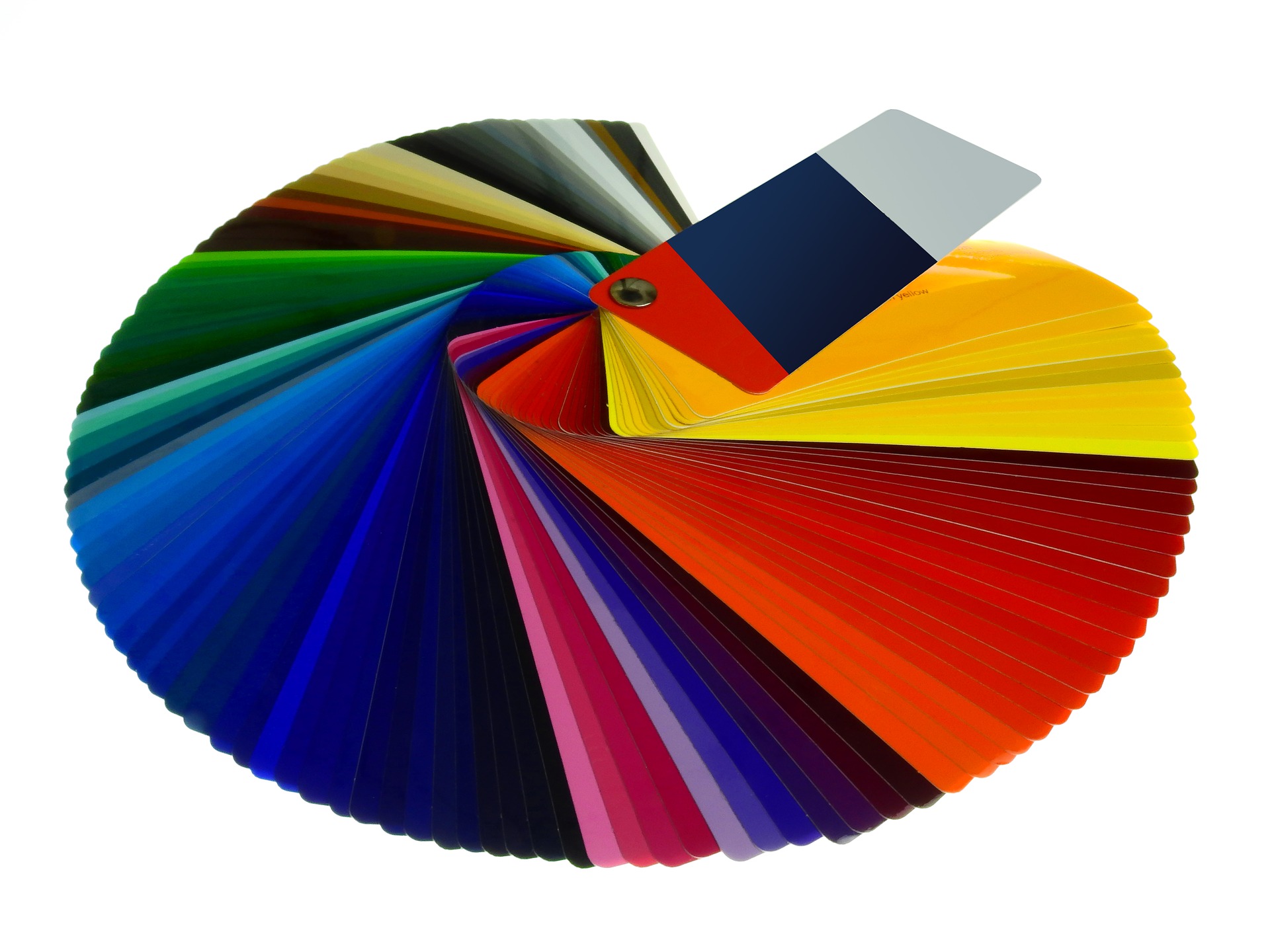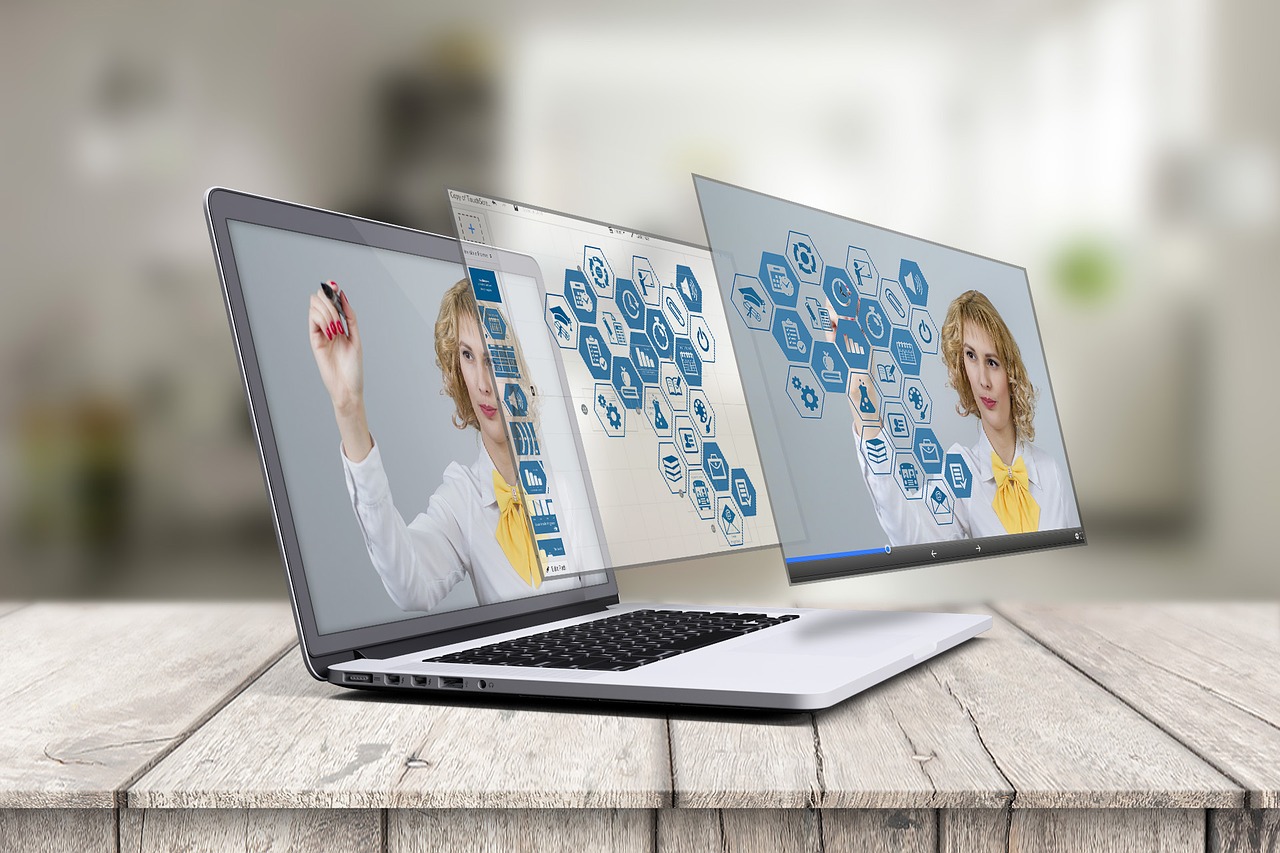How to Read Binary

Binary is a language consisting of only two numbers – 0 and 1. These two numbers are used to represent the data in computers and other digital devices. Reading binary can seem like a daunting task at first, but with some practice and understanding of the basics, it becomes easy. In this article, we will discuss how to read binary.
Understanding the Basics of Binary
Before we dive into how to read binary, it is important to understand the basics of binary. A binary digit is known as a bit. Bits are the smallest unit of information in a computer. A group of eight bits is called a byte. Bytes can represent numbers, letters, symbols, or codes used in computer systems.
Binary numbers are read from right to left, where the rightmost bit is known as the least significant bit (LSB), and the leftmost bit is known as the most significant bit (MSB). Each number is represented by using powers of two. The first digit on the right represents two to the power of zero, the second digit represents two to the power of one, the third digit represents two to the power of two, and so on.
Reading Binary Numbers
To read a binary number, start by identifying the MSB, which is the digit on the far left. Then, add up the values of each digit that has a value of one. The sum of those values is the decimal equivalent of the binary number. For example, consider the binary number 10110.
1 0 1 1 0
2^4 2^3 2^2 2^1 2^0
16 0 4 2 0
To read this number, start with the MSB, which is 1. Multiply this by 2 to the power of 4, which is 16. The next digit is 0, so move on to the next digit. The third digit is 1, so multiply this by 2 to the power of 2, which is 4. The next digit is 1, so multiply this by 2 to the power of 1, which is 2. Finally, the last digit is 0, so skip this. Add up all the values, 16+4+2, and you get 22. Therefore, the binary number 10110 represents the decimal number 22.
Reading Binary Codes
Binary codes are used in computer systems to represent different characters and symbols. ASCII (American Standard Code for Information Interchange) is the most widely used binary code in computers. In ASCII, each character is assigned a unique binary code.
To read a binary code, you need to refer to the ASCII table, which lists all the characters and their corresponding binary codes. For example, the binary code 01000001 represents the letter “A”. To find this out, you can refer to an ASCII table, which shows that the binary code 01000001 corresponds to the letter “A”.
Conclusion
Reading binary might seem like a daunting task at first, but with some practice, it becomes easy. By understanding the basics of binary, such as bits and bytes, and knowing how to read binary numbers and codes, you can easily convert between binary and decimal numbers and interpret binary codes. With the increasing use of computers and digital devices, being able to read binary is becoming an essential skill.






